LARGE BEAUTIFUL TERRACOTTA GRIFFINS 20th century Copy of ancient Renaissance griffins. Impruneta terracotta. Made in Tuscany HEIGHT 73 cm WIDTH 30 cm DEPTH 64 cm WEIGHT 25 kg MANUFACTURING Made in Tuscany MATERIAL Terracotta The griffin is a legendary creature with the body of a lion and the head of an eagle. The greatest frequency of representation of this hybrid creature is found in Minoan/Mycenaean and Greek art, however some archetypal figures, or in any case related to it, are found in various civilizations of the Mediterranean and Anterior Asia, and it takes its name from the griffin also called gringo or cignardo. In Egypt, the oldest depiction that can recall a griffin can be observed on the "palette of the two dogs", from the predynastic period (5,500 - 3,100 BC), found in Hierakonpolis. While there are no further known representations of him throughout the Old Kingdom, he reappears in some tombs of high officials near Beni Hasan and Bersheh in the Middle Kingdom. Another possible archetype of the griffin could instead be identified in the terrible Anzû, personification of storm wind and rain, represented or mentioned since the 3rd millennium BC. in the Sumerian reliefs found near Telloh, although he was represented not with the head of an eagle, but of a lion. Another creature with a similar is Asakku, also a spirit of the storm, a demon who brings diseases and illnesses[5]. In Mesopotamian mythologies, creatures made up of the union of several predatory animals or snakes were demons or divinities with nefarious characteristics. Fresco with Griffin in the throne room at Knossos. This hybrid figure slowly spread in the imagination of various populations, also due to the syncretism that characterized the religions of the time, but not without differentiating and adapting to the cultural and mythological context; for example, the griffins in the throne room of Knossos, in Crete, are distinguished by being wingless, by the voluminous feathers that overlook the eagle's face and by the generic feline body, more similar to the leopard than the lion. Overall, they were quite common in Minoan/Mycenaean art. Among the Greeks he was linked to the solar cult, playing the role of companion-servant of Phoebus or Apollo. In one of the Greek myths the griffins were in eternal struggle against the fabulous northern people of the Arimaspi who attempted to kidnap the treasure of Apollo guarded by them. In Athens the figure of the griffin was also made popular due to its adoption as a symbol by the Achaemenid dynasty. Famous are the two griffins of Ascoli Satriano in polychrome marble, presumably the work of a master from Daunia or Apulian Magna Graecia; these are depicted with large colored wings and not those of a bird of prey, an eagle's beak, a snake's neck or in any case reptilian, a lion's body. It found an almost definitive form in the Greek collective imagination after 400 BC. with the diffusion of two works, The Histories (Ἰστορίαι, Historìai) by Herodotus of Halicarnassus (described as an inhabitant of the mountains between the Hyperboreans and the Arimaspians, where he kept the gold of the North) and with The History of Persia (Περσικά) by Ctesias of Cnidus.


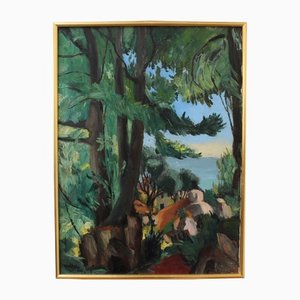


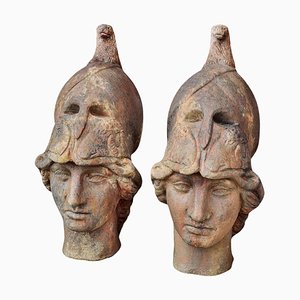
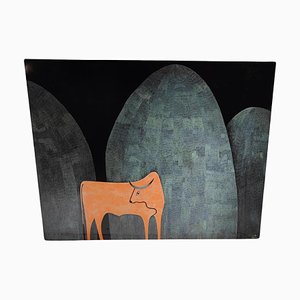
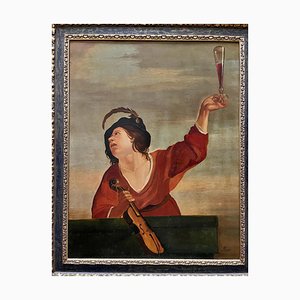
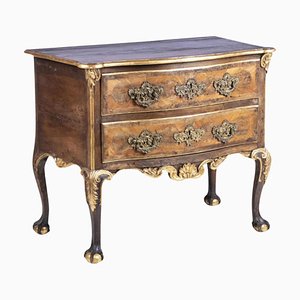
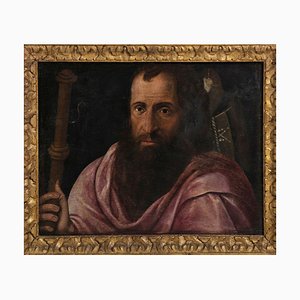

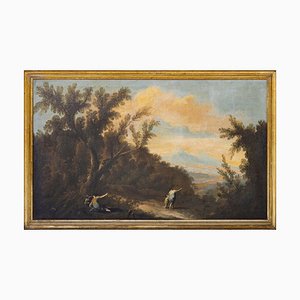

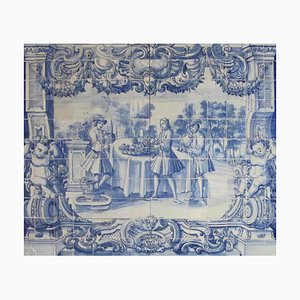
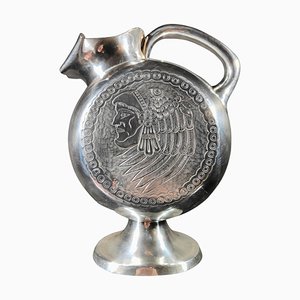
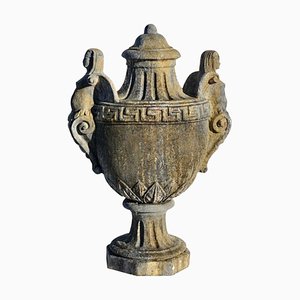

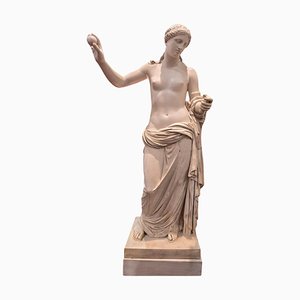


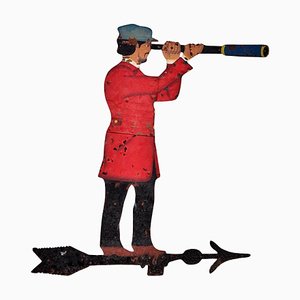

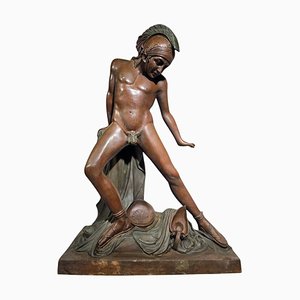

Get in Touch
Make An Offer
We noticed you are new to Pamono!
Please accept the Terms & Conditions and Privacy Policy
Get in Touch
Make An Offer
Almost There!
To follow your conversation on the platform, please complete the registration. To proceed with your offer on the platform, please complete the registration.Successful
Thanks for your inquiry, someone from our team will be in touch shortly
If you are a Design Professional, please apply here to get the benefits of the Pamono Trade Program